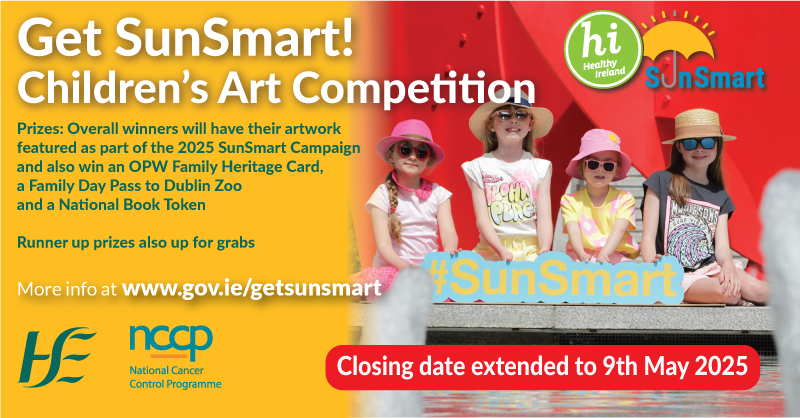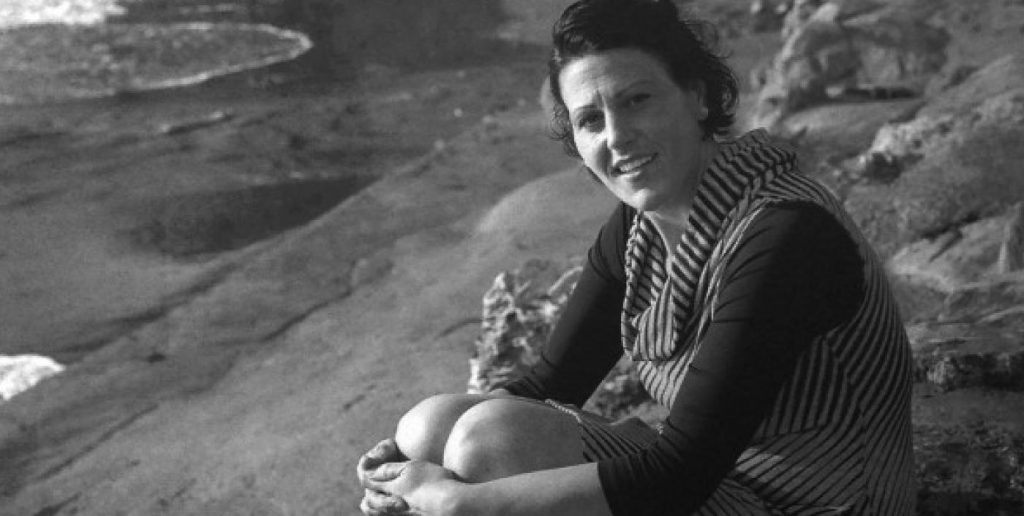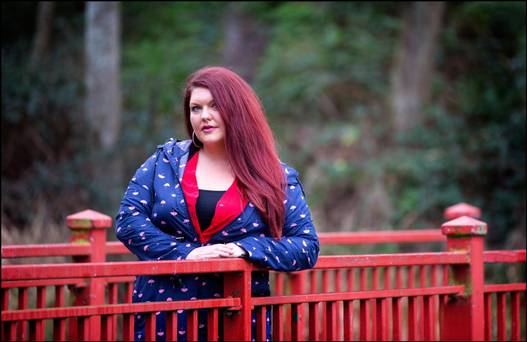No safe limit for exposure to ultraviolet radiation from sunbeds
It’s official, there is no safe limit for exposure to ultraviolet radiation (UV) from sunbeds, according to independent scientific committee.
Skin cancer is the most common cancer in Ireland, with rates projected to treble in the next 25 years. Yet, in most cases, it is also one of the most preventable forms of cancer. There are two main types: non-melanoma (including basal cell carcinoma and squamous cell carcinoma), and the less common but potentially deadly melanoma. For most people, the health risks are related to overexposure to UV radiation from the sun. However, many people deliberately expose themselves to high levels of UV radiation from artificial sources (e.g. sunbeds), which also increase their skin cancer risk.
The World Health Organization classifies ‘UV emitting tanning devices’ as carcinogenic (having the potential to cause cancer) to humans, and recommends avoidance of sunbeds and tanning parlours.
Risks of sunbeds for cosmetic purposes
On November 30th, the European Commission and its independent Scientific Committee on Health, Environmental and Emerging Risks (SCHEER) published their final Opinion on the ‘Biological effects of ultraviolet radiation relevant to health with particular reference to sunbeds for cosmetic purposes’.
According to SCHEER, evidence indicates that UV radiation from sunbeds causes skin cancer (both melanoma and non-melanoma), and may also cause a form of eye cancer (ocular melanoma). SCHEER concluded that there is no safe limit for exposure to UV radiation from sunbeds.
Public health issue
In Europe, nearly 3,500 of 63,942 new cases of melanoma diagnosed every year may be attributable to sunbed use, making this is an important public health issue.
Ban the tan
A ban on the use of sunbeds by under 18’s was introduced into Irish Law in July 2014. However, the Irish Skin Foundation advocates the introduction of an outright ban, and made a submission to the Oireachtas Future of Healthcare Committee in August 2016 recommending that sunbeds should be banned, completely, for public and private use.
Australian study demonstrates feasibility of outright ban
In January 2016, Western Australia became the sixth and final Australian state to endorse an outright ban on commercial artificial tanning sunbeds. While some other countries (including Ireland) have introduced controls to prohibit access to those under 18, these legislative changes make Australia only the second country in the world after Brazil, to introduce an outright ban.
Introduction of the ban has delivered a swift and pronounced reduction in the availability of harmful UV radiation sources, and is anticipated to result in long-term health benefits for the Australian population as well as a reduction in healthcare costs.
Hopefully Ireland will follow Australia’s lead to outlaw sunbeds, which cause skin cancer when used exactly as intended.
The use of sunbeds should not be confused with phototherapy (or light therapy) delivered in hospital dermatology day care centres. Phototherapy has been specially designed to treat certain skin conditions and involves exposing the skin to particular wavelengths of ultraviolet light on a regular basis, using specially calibrated units and under careful medical supervision.
The Irish Skin Foundation does not support the use of sunbeds as a substitute for phototherapy performed under medical supervision.
Further information can be found at:
- The Opinion of the independent Scientific Committee on Health, Environmental and Emerging Risks (SCHEER): ‘Biological effects of ultraviolet radiation relevant to health with particular reference to sunbeds for cosmetic purposes’.
- A summary factsheet.
- Sinclair C, Cleaves N, Dunstone K, Makin J, Zouzounis S. Impact of an outright ban on the availability of commercial tanning services in Victoria, Australia. BJD 2016, 175, 387-390. doi: 10.1111/bjd.14549












